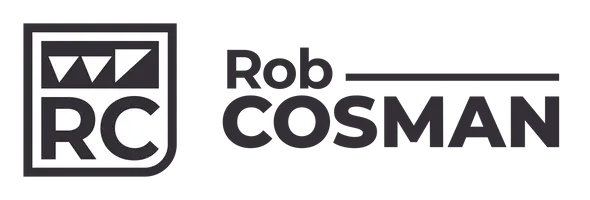Bandsaw Resawing Basics
Resawing wide boards on your bandsaw requires a blade that will cut straight and evenly through the wood while evacuating large amounts of sawdust as it cuts. The wider the blade, the straighter the cut, so use the widest blade your bandsaw can handle. Most bandsaws accept at least a half inch wide blade and many even wider.
To efficiently remove sawdust, I recommend using a 3-tooth-per-inch (tpi) blade. It provides the perfect blend of aggressive yet smooth cut and sawdust evacuation that resawing requires. A blade with 3 teeth per inch and large gullets more efficiently removes sawdust than a blade with more teeth and thus smaller gullets. When resawing wide boards the blade is in the wood a long time so you must clear out the sawdust or the blade will stop cutting, bind, or deflect.
Finally, consider the fence on your saw. The workpiece should be no more than twice the height of the fence. For example, a 3-inch high fence will accommodate a maximum of a 6 inch wide board. Use an auxiliary shop-made fence when more height is needed. These are easy to make in your shop with glue and screws. I prefer making them from thick MDF due to MDF’s dead flat surface.
Once you have your blade and your fence ready, square up your stock and ensure it has at least one flat side. I prefer to start with a six squared board with both faces flat and parallel and all edges square. This ensures that the stock sits flat on the table and plumb to the fence. Using a similar sized scrap piece, draw a line down the edge and then set the cut to the line. Now resaw while slowly pushing the scrap through the blade and keeping it held against the fence. The bandsaw motor should run smoothly without bogging.
If the cut piece is thicker at the top or bottom, check that the table is 90° to the blade, and adjust if necessary.
If there is a bow or belly in the cut, the problem could be insufficient blade tension. Many bandsaws’ built-in tension gauges are less than accurate. A properly tensioned blade should deflect no more than 1⁄4 inch when pressed in the middle. Stand a square 1⁄4 from the blade and press the center of the blade. Moderate pressure should deflect the blade to touch the square.
If the workpiece ends up thicker at one end than the other, the problem is drift, meaning the blade drifts out of parallel to the fence. If a sharp blade, well-set guides, and proper feed speed don’t fix the problem, adjusting the tilt of the upper wheel so the blade runs on the center (crown) of the wheels may bring relief. If not, adjust the fence to match the drift angle of the cut.
Once the setup tests are complete, it’s time to turn your attention to the project pieces. Watch your feed rate (keep it slow enough so the blade will cut the wood without you putting heavy pressure against the blade. Harder woods will require slower feed rates than softer woods.



